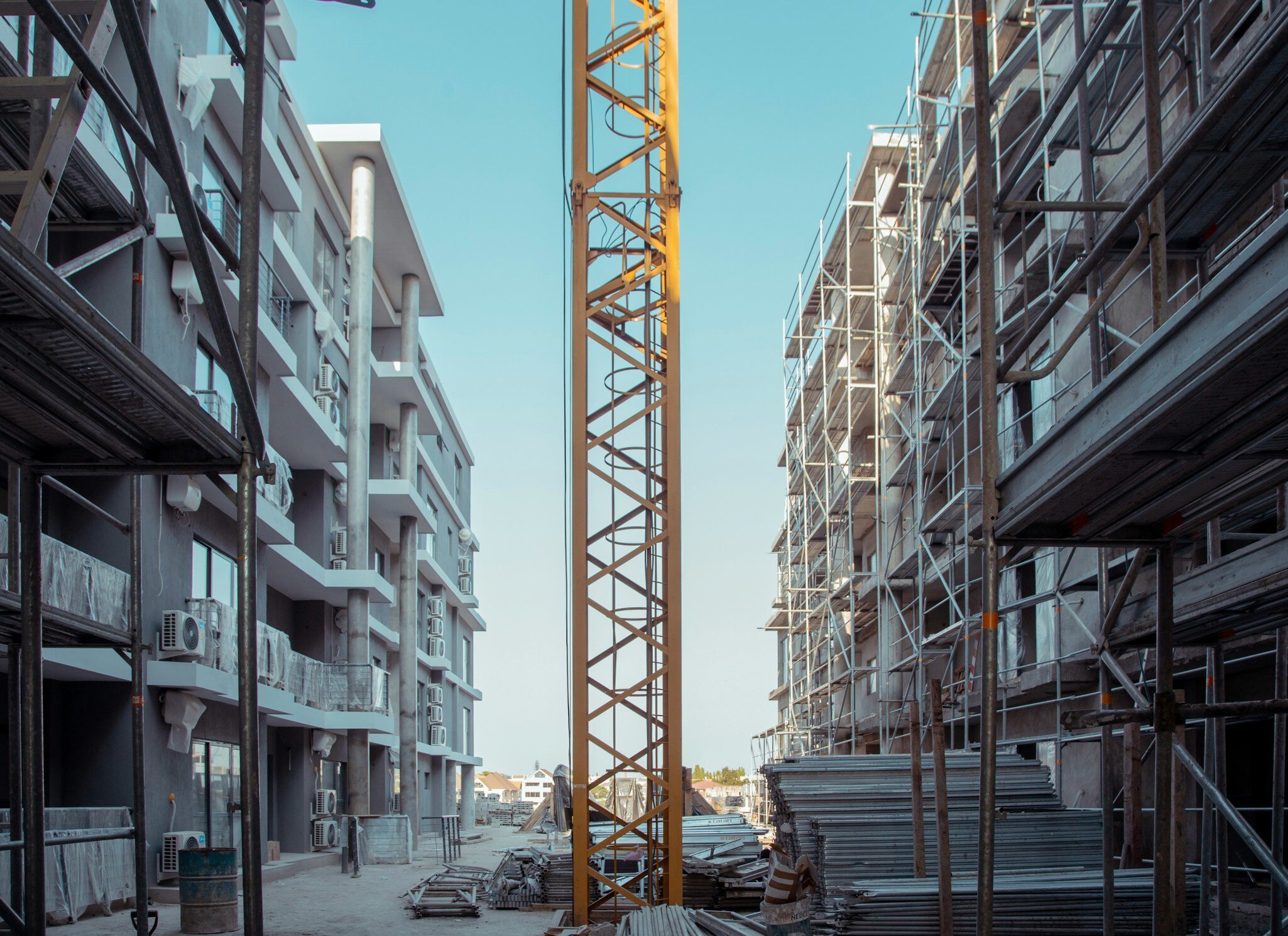Building between new beginnings and stagnation—what the coalition agreement (does not) achieve
Political promises with question marks: The new coalition agreement between the CDU, CSU and SPD promises a lot—but leaves many questions unanswered. For the construction and planning industry, it is an agreement with strengths—and some stumbling blocks.
The ‘residential construction turbo’ is to be accelerated, standards are to be clarified and subsidy programmes simplified. Building type E is to be enshrined in law and CO₂ reduction declared the new benchmark. In addition, the Ministry of Construction will be retained as the contact point for construction and planning issues, which will act as a signal for a coordinated construction policy. At first glance, this all sounds like an overdue change. But how much change is really behind it?
Mixed reactions from the industry
The opinions of the associations and chambers are mixed: the Central Association of the German Construction Industry speaks of an ‘important signal’ but calls for consistent implementation. The Federal Chamber of Architects welcomes the relief for small planning offices, but believes that key future tasks such as climate adaptation and building culture have not been sufficiently addressed. And the Association of German Master Builders recognises good approaches, but criticises the fact that the HOAI—a core concern of the planning professions—is once again not mentioned.
Unspecific solutions and a lack of instruments
In fact, the agreement remains vague on key points. The withdrawal of the so-called Heating Act raises questions about the predictability and seriousness of climate policy goals in the building sector. The focus on CO₂ as a control parameter is correct—but without binding instruments such as life cycle analyses, limit values or funding criteria, it quickly degenerates into a placebo. Even the introduction of building type E and thus the striking simplification of technical rules cannot hide the fact that although there is a desire to no longer automatically consider a deviation from the recognised rules of technology as a defect, provided that the safety and usability of a building is guaranteed, the definition of the term defect has not yet been defined.

Opportunity and risk: serial and modular construction
Serial, modular and systemic construction continues to be cited as a lever for acceleration and as potential for cost-effective construction but is also viewed critically due to the lack of building culture aspects and quality assurance measures. As a further package of measures to strengthen the construction industry and boost new construction activity, the German Building Code (BauGB) is to be amended in two stages. In the first 100 days, there is to be a draft bill for a ‘housing construction turbo’, followed by a fundamental reform to speed up construction. This has been criticised by the Federal Chamber of Architects, which sees the introduction of Section 246e BauGB as a contradiction to urban development oriented towards the common good.
Obstacles to investment instead of subsidising new construction
Another example of contradictory signals is the extension of the rent freeze. While it is welcomed by some as a measure for social relief, the construction industry and property owners' associations see it as an obstacle to investment. According to many experts, the real leverage lies in new construction and not in tinkering with symptoms. At least lessons have been learnt from past mistakes. In the numerous measures to promote housing construction, specific target figures for new flats have been dispensed with.
Much realised, little decided
The impression remains that the new government recognises the problems—but is putting off the solutions. Between the Ministry of Construction and special funds, the subsidy structure and the GEG amendment, the decisive courage for political clarity is often lacking. What we need right now is a reliable regulatory framework that enables innovation and investment—and not at the expense of ecological or architectural quality. The construction and planning industry is ready and waiting. Its associations have taken a clear position and their criticism is nuanced and constructive. Now it is up to politicians to turn fine-sounding declarations of intent into concrete and effective measures. Because one thing is certain: real change does not come from talking—but from doing.
